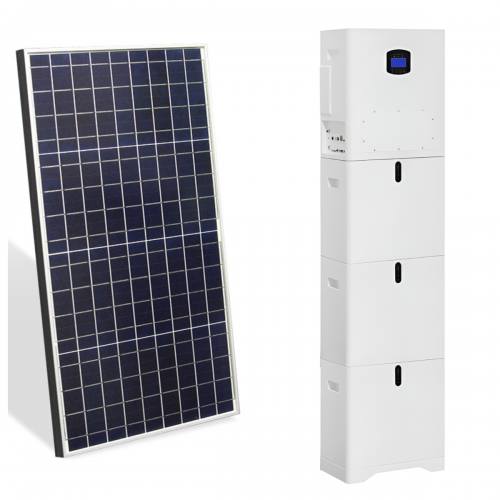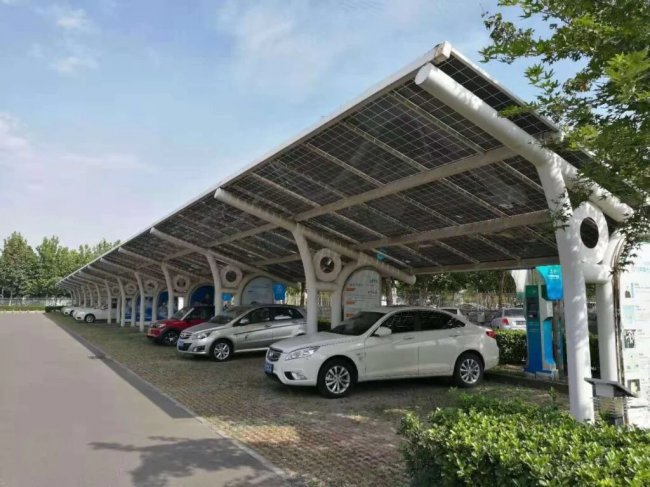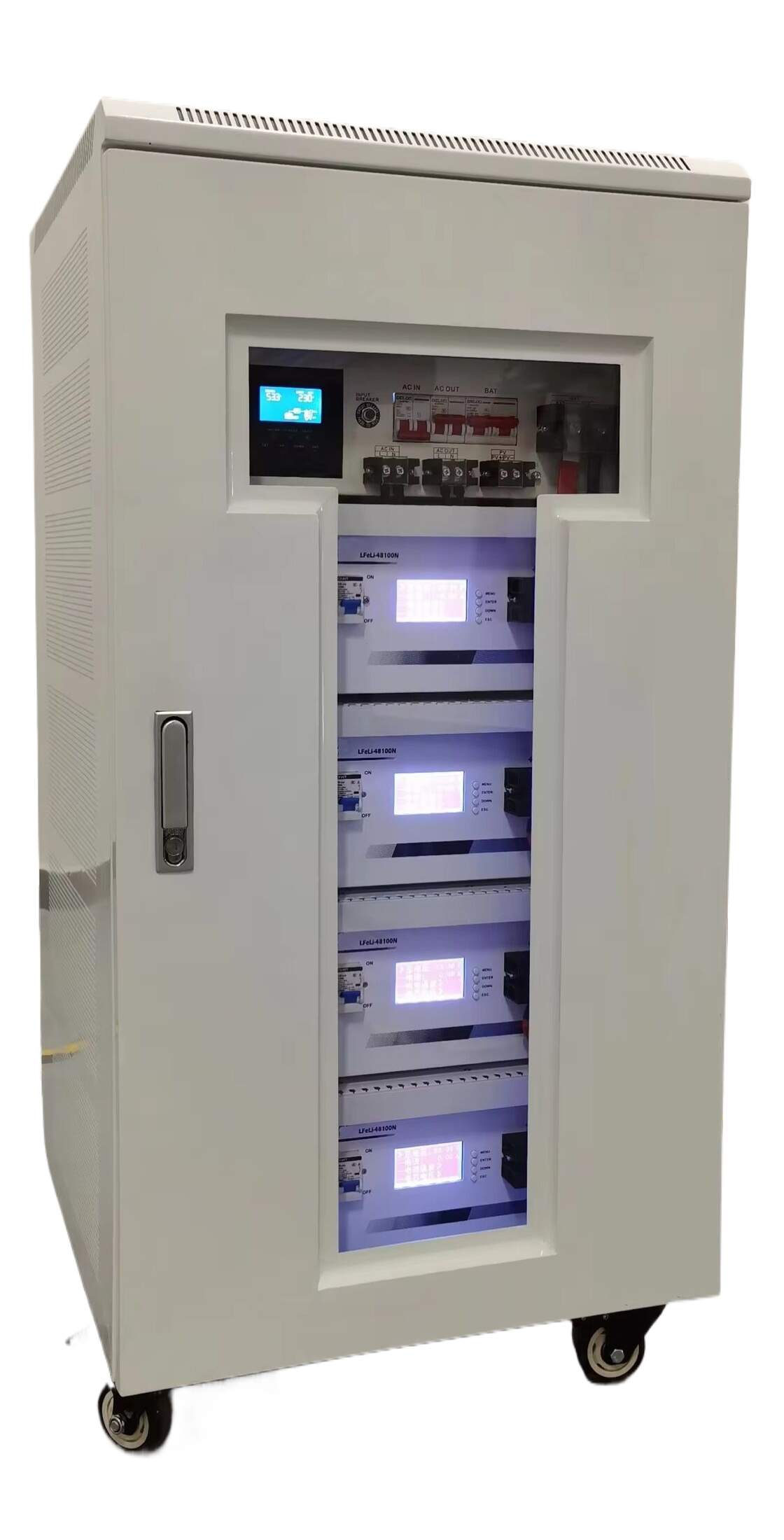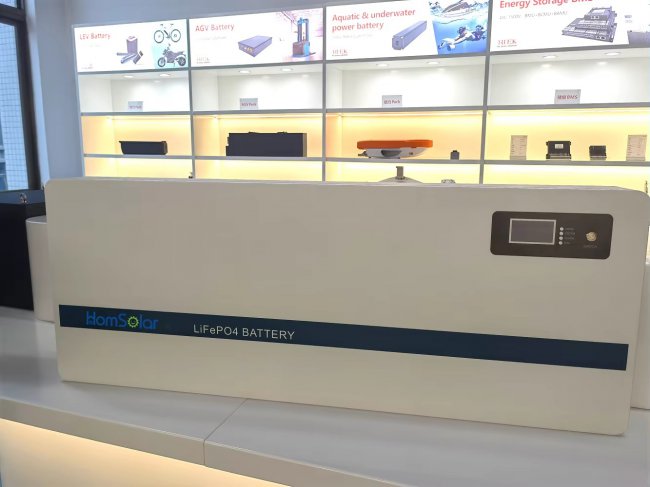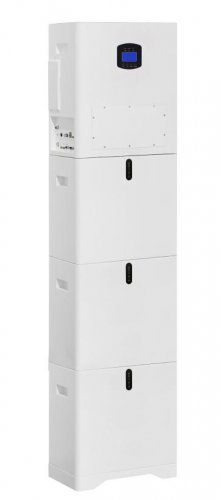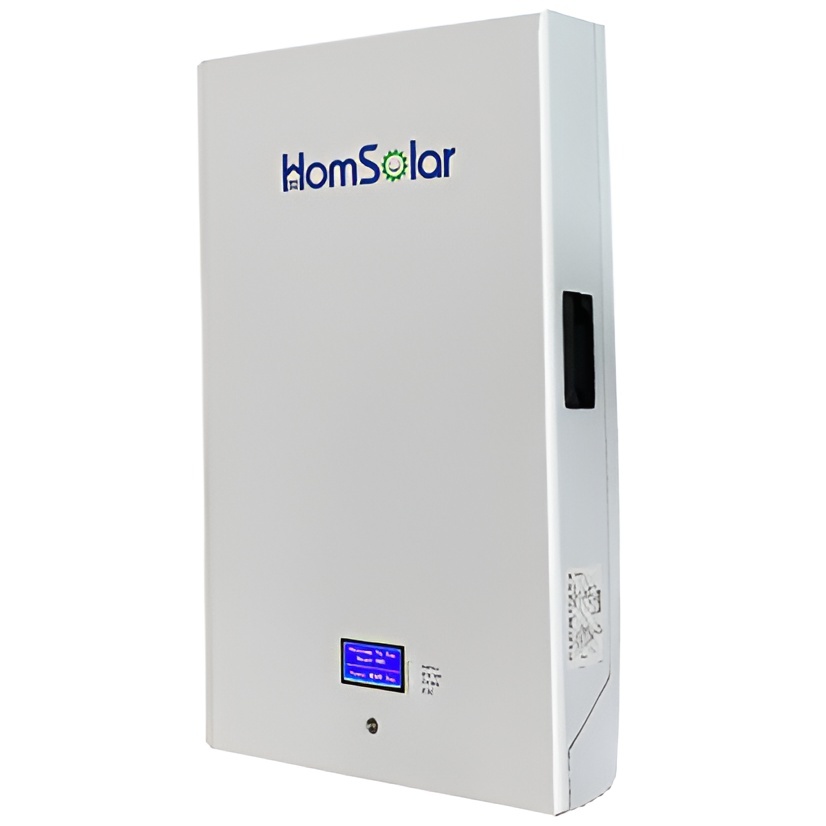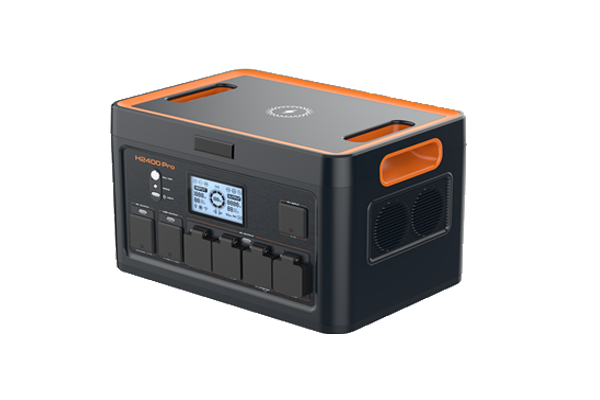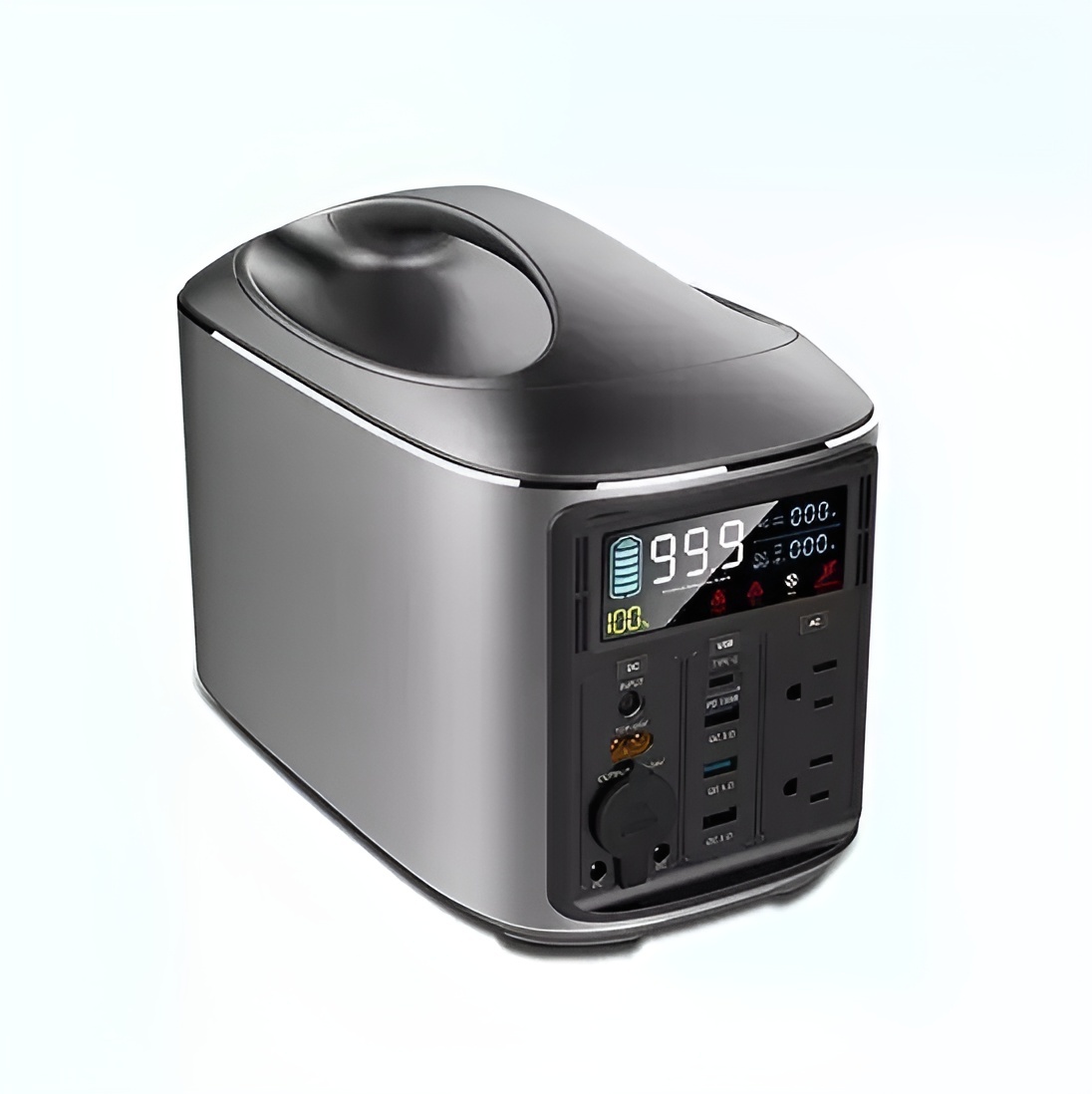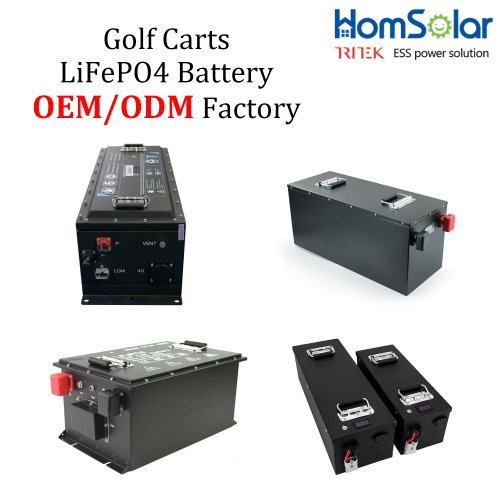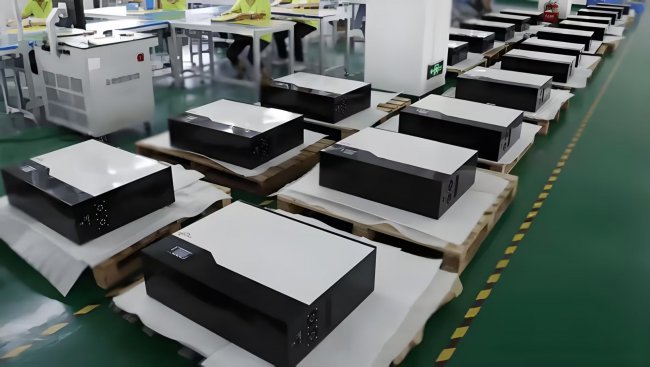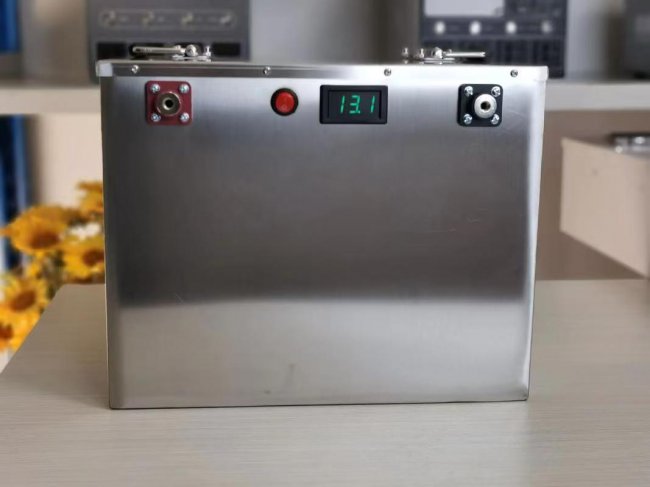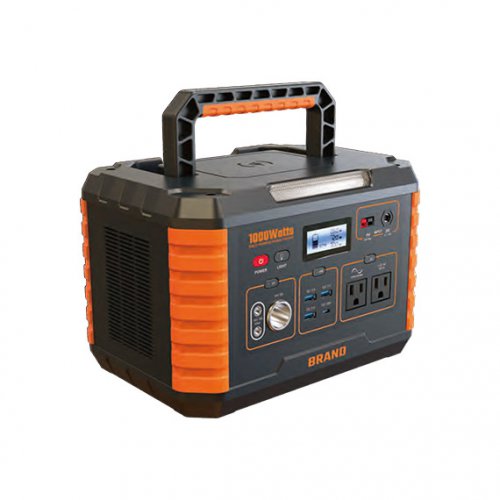How To Use Cc/cv Charging: A Comprehensive Guide To Efficient And Safe Battery Charging
The Constant Current/Constant Voltage (CC/CV) charging algorithm is the cornerstone of modern battery charging technology. It is the primary method used to safely and efficiently charge a vast array of rechargeable batteries, most notably Lithium-ion (Li-ion) and Lithium-Polymer (LiPo) cells. Understanding and correctly applying this method is crucial for maximizing battery lifespan, ensuring safety, and achieving optimal performance. This guide will provide a detailed walkthrough of the CC/CV process, offering practical steps, expert tips, and essential safety precautions.
Before diving into the "how-to," it's vital to grasp the "why." The CC/CV method is a two-stage process designed to address the chemical and physical needs of the battery during different phases of charging.
1. Constant Current (CC) Stage: This is the bulk charging phase. The charger applies a steady, predetermined current to the battery. During this stage, the battery's voltage rises steadily as it absorbs energy. Imagine filling a glass with water from a tap at a constant flow rate; the water level (voltage) rises quickly. 2. Constant Voltage (CV) Stage: Once the battery voltage reaches its peak charge voltage (e.g., 4.2V for a standard Li-ion cell), the charger switches to this stage. Here, the charger maintains a constant voltage (the peak voltage) and allows the charging current to gradually taper down as the battery's internal resistance increases and it becomes nearly full. Continuing the analogy, once the water is near the brim, you would reduce the flow to a trickle to avoid spilling, precisely controlling the final level.
This two-stage approach is critical. The CC stage rapidly replenishes most of the capacity, while the CV stage gently tops off the battery without causing stress, overheating, or plating of lithium, which can permanently damage the cell.
You typically do not manually control the CC/CV stages; instead, you use or configure a charger that implements this algorithm correctly. Your role is to set the correct parameters.
Step 1: Identify Your Battery's Specifications This is the most critical step. Incorrect settings can lead to fire, explosion, or permanent battery damage. You must find the manufacturer's datasheet or the specifications printed on the battery itself. Key parameters to identify are:Chemistry: Li-ion, LiPo, LiFePO4, etc. Each has different voltage thresholds.Charge Termination Voltage: The maximum voltage per cell (e.g., 4.2V for most Li-ion, 3.6V for LiFePO4).Maximum Charge Current: The highest safe current for the CC stage (often expressed as a C-rate, e.g., 0.5C).Capacity: Measured in Ampere-hours (Ah) or milliamp-hours (mAh).
Step 2: Calculate and Set the Charging Current The charge current for the CC stage is typically set as a fraction of the battery's capacity, known as the C-rate.Formula: Charge Current (A) = Battery Capacity (Ah) × C-rateExample: For a 2000mAh (2Ah) battery, a charge current of 1.0C would be 2A, while 0.5C would be 1A.Practical Advice: A lower C-rate (e.g., 0.2C to 0.5C) is gentler on the battery and will extend its cycle life, though it takes longer. A higher C-rate (e.g., 0.7C to 1.0C) is faster but generates more heat and stress. Never exceed the maximum charge current specified by the manufacturer.
Step 3: Set the Constant Voltage (CV) Threshold Program your charger to the correct Constant Voltage level, which is the charge termination voltage you identified in Step 1.Example: For a standard 1-cell (1S) Li-ion battery, this is 4.20V. For a 2-cell (2S) LiPo pack, it would be 8.40V.Caution: Applying a voltage even 0.1V too high can significantly reduce the battery's lifespan and create a safety hazard.
Step 4: Initiate Charging and Monitor the Process Once the parameters are set, start the charging process. A proper CC/CV charger will automatically manage the transition between stages.CC Phase Observation: You will see the current holding steady at your set value while the voltage climbs.CV Phase Observation: Once the voltage hits your set CV point, it will stabilize, and the current will begin to steadily decrease.Termination: The charge is typically considered complete when the charging current tapers down to a very low value, often around 3-5% of the set CC current (e.g., for a 2A charge, termination occurs at ~0.06A-0.1A). Most modern chargers will automatically stop and signal a complete charge.
Always Use a Dedicated Charger: Never attempt to charge a Li-ion or LiPo battery with a generic power supply. A proper CC/CV charger is essential for safety and battery health.Balance Charging for Multi-Cell Packs: When charging batteries with multiple cells in series (e.g., a 3S LiPo pack), use a charger with a "balance" function. This ensures all individual cells reach the same voltage, preventing any single cell from being overcharged, which is a primary cause of failure.Charge at Room Temperature: Battery chemistry is sensitive to temperature. Charging below 0°C (32°F) can cause irreversible lithium plating. Charging above 45°C (113°F) accelerates degradation and increases the risk of thermal runaway. Ideal charging temperature is between 10°C and 30°C (50°F and 86°F).Avoid Storing at Full Charge: For long-term storage (more than a few days), do not leave your batteries at 100% charge. A charge level between 30% and 50% (around 3.8V per cell for Li-ion) is ideal for minimizing aging.Never Leave Charging Batteries Unattended: This is a fundamental safety rule. Always charge on a non-flammable surface and in an area where you can monitor it.Mistake: Using the Wrong Charger/Adapter.Warning: Never use a charger designed for a different battery chemistry (e.g., a NiMH charger for a Li-ion battery). The voltage profiles and termination methods are completely different and will cause damage.Mistake: Ignoring Physical Damage.Warning: Do not charge a battery that is swollen, punctured, leaking, or has damaged leads. Dispose of it properly and immediately.Mistake: Charging Without a Protection Circuit.Warning: Most consumer-grade Li-ion cells have an internal Protection Circuit Module (PCM). However, many high-drain or raw cells do not. When using unprotected cells, the charger becomes the primary safety device. Ensure your charger has robust protections against over-voltage, over-current, and reverse polarity.Mistake: Pushing for "Faster" Charging.Warning: Resist the temptation to arbitrarily increase the charge current beyond the manufacturer's recommendation to save time. The risks of fire and rapid capacity fade far outweigh the benefits of a slightly faster charge.By following this guide, you can harness the power of CC/CV charging effectively. This method, when applied with care and knowledge, is the key to unlocking the full potential and longevity of your rechargeable batteries while maintaining the highest standards of safety.
Customized/OEM/ODM Service
HomSolar Supports Lifepo4 battery pack customization/OEM/ODM service, welcome to contact us and tell us your needs.


HomSolar: Your One-stop LiFePO4 Battery Pack & ESS Solution Manufacturer
Our line of LiFePO4 (LFP) batteries offer a solution to demanding applications that require a lighter weight, longer life, and higher capacity battery. Features include advanced battery management systems (BMS), Bluetooth® communication and active intelligent monitoring.

Customised Lithium Iron Phosphate Battery Casing
ABS plastic housing, aluminium housing, stainless steel housing and iron housing are available, and can also be designed and customised according to your needs.

HomSolar Smart BMS
Intelligent Battery Management System for HomSolar Energy Storage System. Bluetooth, temperature sensor, LCD display, CAN interface, UART interface also available.


Terminals & Plugs Can Be Customized
A wide range of terminals and plugs can be customised to suit the application needs of your battery products.

Well-designed Solutions for Energy Storage Systems
We will design the perfect energy storage system solution according to your needs, so that you can easily solve the specific industry applications of battery products.



About Our Battery Cells
Our energy storage system products use brand new grade A LiFePO4 cells with a battery lifespan of more than 4,000 charge/discharge cycles.



Applications in Different Industries
We supply customized & OEM battery pack, assemble cells with wiring, fuse and plastic cover, all the cell wires connected to PCB plug or built BMS.
Applications: E-bike, Electric Scooter, Golf Carts, RV, Electric Wheelchair, Electric Tools, Robot Cleaner, Robot Sweeper, Solar Energy Storage System, Emergency Light, Solar Power Light, Medical Equipment, UPS Backup Power Supply.
We can provide you with customized services. We have the ability to provide a vertical supply chain, from single cells to pack/module and to a complete power solution with BMS, etc.


HomSolar (Shenzhen) Technology Co., Ltd







